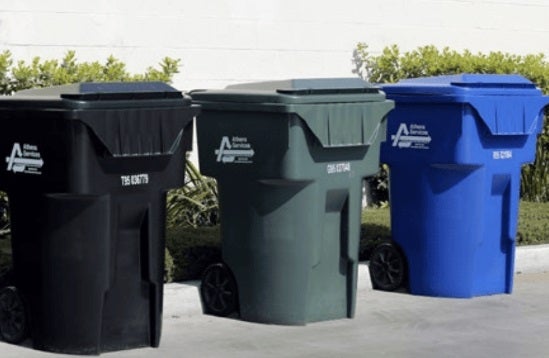How do you manage a pond in spring? Here’s some help
Published 12:15 pm Wednesday, March 13, 2024
|
Getting your Trinity Audio player ready...
|
Editor’s note: This is the first in a series of monthly columns by Cooperative Extension agents in our area, offering help for different projects and problems that pop up.
Spring is on its way in, the days are warming up, and we are all ready to get back outside! For those with ponds, this time of year is the best time to do a health check and prepare yourself to manage any issues.
As the water warms, weeds start to show themselves in recreational or farm ponds. Weeds are a natural part of the landscape whether in yards, fields, pastures or ponds, but can sometimes be unsightly or cause issues when left unchecked. The weeds in your pond and the amount of management you can do is dependent on your goals for the pond – are you hoping to fish? Do you want a diverse ecosystem for aesthetic beauty? Or, do you just want a healthy pond that does not require much input? There are many different goals for farm and recreational ponds, and each is unique to the owner and pond ecosystem.
One of the most important aspects of controlling weeds in a pond is proper identification. If you are using chemical control methods it is critical to ensure that the money, time, and product you are putting into the pond is the most effective. In the spring, many weeds are growing rapidly, while later in the year they are reproducing. This growth phase in the spring is the most effective window for management of most aquatic weeds, as it disrupts the development of the plants before reproduction.
When treating your pond, it is important to follow the label of any product you use as Virginia is a Label is the Law state. For proper plant identification, it is best to send a photo or bring a small sample into the Extension Office. Photos usually work great, just be sure to get all of the plant in the photo, and take a photo of it both in and out of the water. Photos can be sent to mgunn@vt.edu. To bring in a sample, collect some of the plant material and wrap it gently in a damp paper towel (not wet, and no bags of water, please!).
While chemical management can be very effective, it is also important to understand why the weed may be coming back if you are seeing it year after year. Some factors could include poor flow in the pond, improper pond design or maintenance, too much organic material, or excess fertilizer from runoff sources around the ponds.
MEETING COMING UP
Are you interested in learning more about farm and recreational pond management, including fish and weed management and water quality? Join us on March 15 at the Prince Edward Extension Office (100 Dominion Drive, Farmville) from 1 to 4 p.m. to learn more about effective pond management. Bring a weed sample (or photos!) from your pond for weed identification. Register at https://tinyurl.com/2024PondMgt or by calling Mackenzie Gunn, ANR Agent at 804-561-2481. Pond visits can also be scheduled by calling the Amelia Cooperative Extension office.
MACKENZIE GUNN is an agent with the Virginia Cooperative Extension. She can be reached at mgunn@vt.edu.





